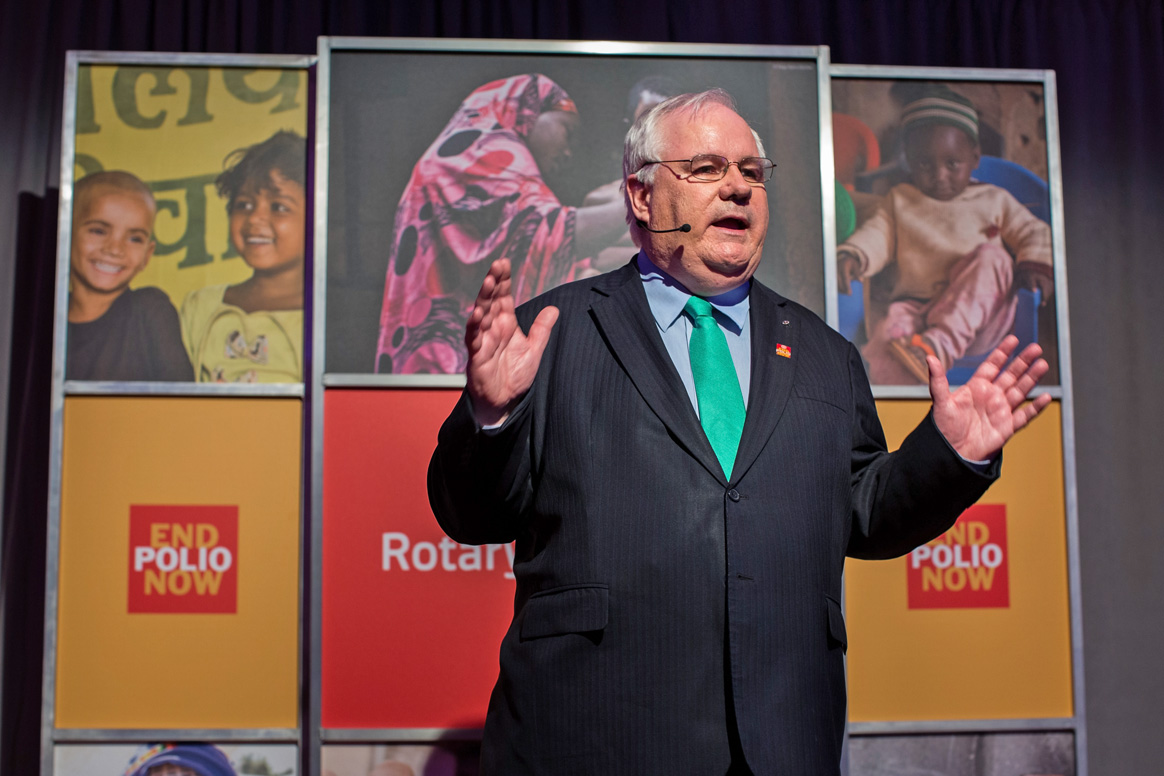It has now been 20 years since the last case of indigenous wild poliovirus was reported in the Americas

This little Peruvian boy (pictured left) is Luis Fermin Tenoria. Luis was the last child in the Americas to be paralysed by indigenous wild poliovirus, first showing symptoms of the disease on 5 September 1991.
Twenty years later, the region is still free from polio. But this has not been without tremendous effort.
The global initiative to eradicate polio was inspired by the successes seen in the Americas during the 1960s and 1970s. At that time, mass immunization campaigns using oral polio vaccine in Brazil, Cuba, Mexico and the United States demonstrated that transmission of the disease could be effectively stopped. In 1985, the Pan American Health Organization committed itself to eradicating the disease. Three years later, the World Health Assembly (the World Health Organization’s governing body) pledged to eradicate poliovirus from the entire globe, leading to the Global Polio Eradication Initiative.
Ever since transmission was halted in the Americas, health officials have maintained a close watch for any imported poliovirus. Earlier this year, for instance, representatives of the Haitian Ministry of Health, along with WHO and the US Centers for Disease Control and Prevention, visited Port-de-Paix, Haiti, to confirm that several cases of paralysis among recovering cholera patients were not the result of poliovirus. This continued vigilance remains necessary, as re-infection will always be a possibility as long as transmission of poliovirus continues elsewhere. WHO’s European Region, which was declared ‘polio free’ in 2002, suffered from a large outbreak just last year, when wild poliovirus spread from India, to Tajikistan, to Kazakhstan, the Russian Federation and Turkmenistan. Similarly, the WHO Western Pacific Region, certified polio free in 2000, is currently facing an outbreak in China. But for more than 20 years, children across the Americas have been free from the fear of contracting polio.



